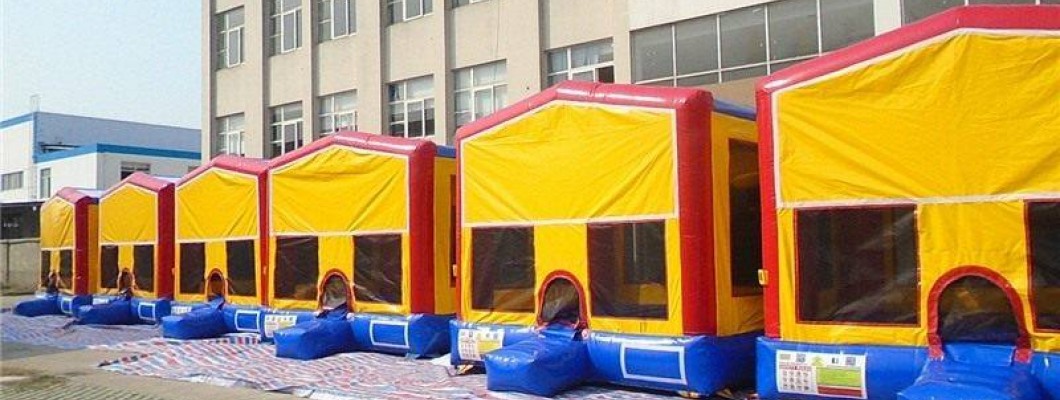
When planning to set up a bounce house, one of the most important considerations is the amount of space required. Ensuring you have enough room not only guarantees the safety of the participants but also allows the bounce house to be properly inflated and used to its full potential. So, how much space do you really need?
Dimensions of a Typical Bounce House
Bounce houses come in various sizes, but a standard residential bounce house usually measures around 10 feet by 10 feet (3 meters by 3 meters) to 15 feet by 15 feet (4.5 meters by 4.5 meters). Larger commercial models can be even bigger, reaching sizes of 20 feet by 20 feet (6 meters by 6 meters) or more.
Additional Space Requirements
In addition to the actual footprint of the bounce house, you'll need to consider extra space for:
- Inflation and Deflation: The bounce house requires space around it for inflation and deflation. Typically, you should add at least 5 feet (1.5 meters) of clearance on all sides.
- Safety Perimeter: For safety reasons, it's recommended to have a buffer zone around the bounce house to prevent children from falling into obstacles. An additional 3 to 5 feet (1 to 1.5 meters) on all sides is advisable.
- Anchor Points: Bounce houses need to be secured to the ground using stakes or sandbags, which may require additional space.
- Power Source: Ensure there's enough space to safely run an extension cord from the bounce house blower to an electrical outlet.
Considering the Surroundings
Beyond the raw space required, consider the environment where the bounce house will be set up:
- Flat Surface: The setup area should be flat and free of sharp objects, rocks, or uneven terrain.
- Overhead Clearance: Make sure there are no low-hanging branches, power lines, or other overhead obstacles.
- Ground Type: Grass is ideal, but bounce houses can also be set up on concrete or asphalt with proper padding underneath to protect the bounce house and the participants.
Summary
To safely and effectively set up a bounce house, you'll need to consider both the dimensions of the bounce house itself and the surrounding space. A typical bounce house requires a clear, flat area of at least 20 feet by 20 feet (6 meters by 6 meters) for smaller models, with additional space needed for larger or commercial units. Always take into account the safety buffer, inflation space, and environmental factors when choosing your setup location.

Leave a Comment